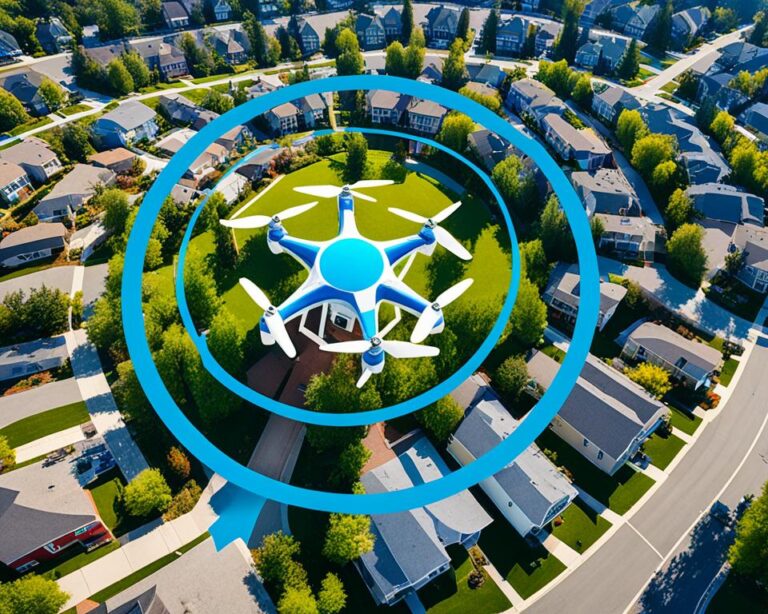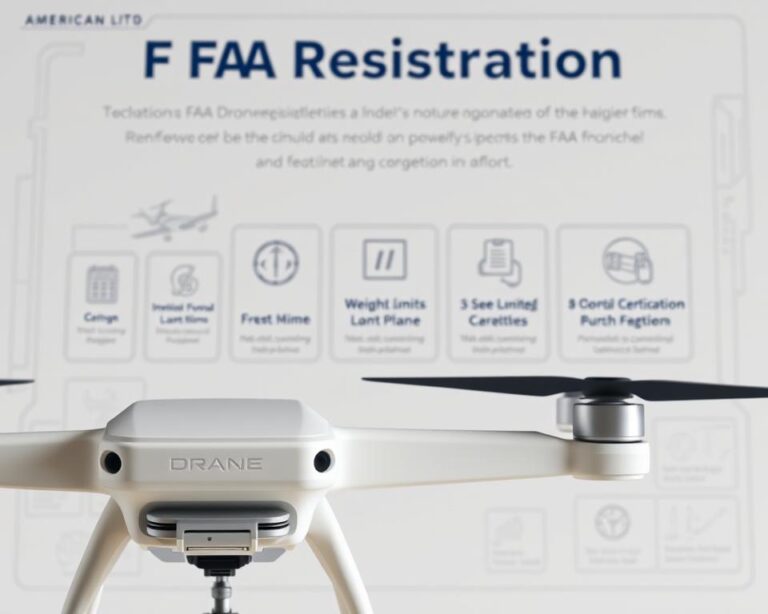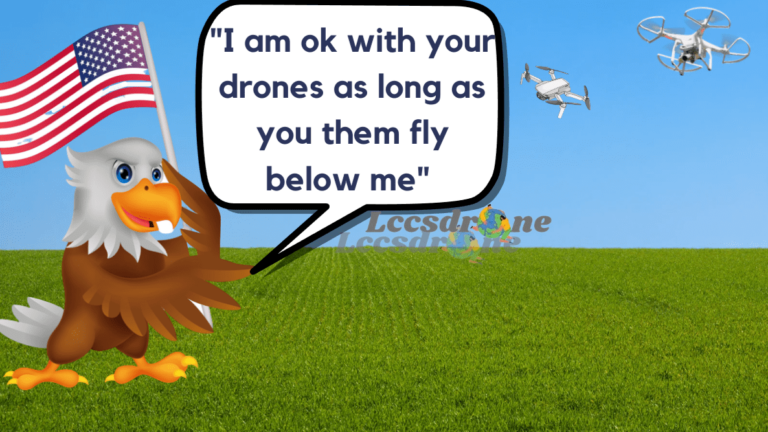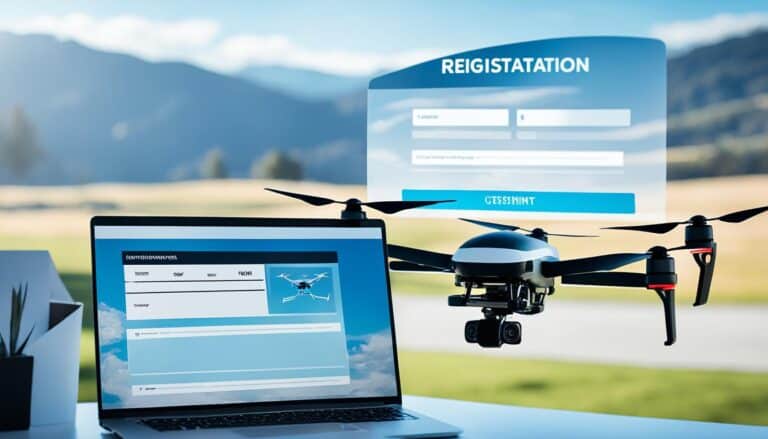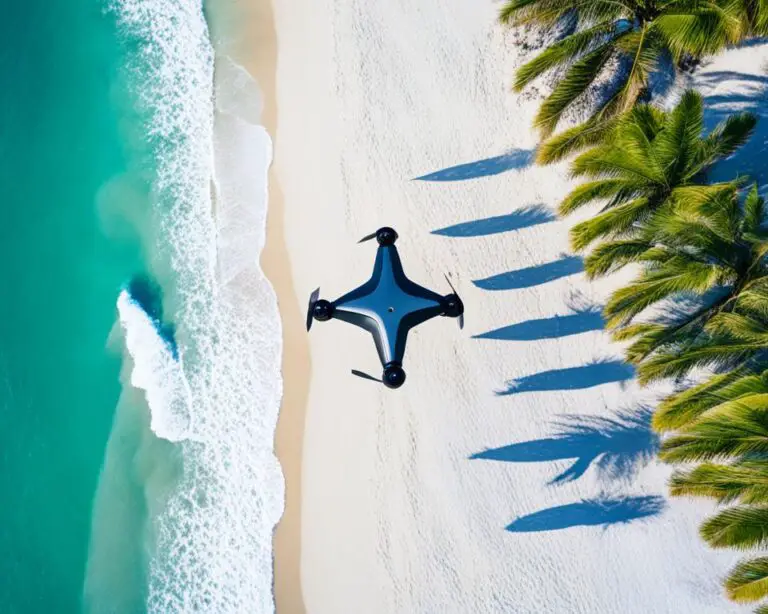Night Flying Drone Rules: Essential Tips for Pilots
As the sun dips below the horizon, a different breed of pilots takes to the skies. Drone flying at night ushers in unique challenges and breathtaking opportunities for capturing night video, but it’s critical to navigate this twilight realm with an informed blend of vigilance and compliance. Whether you are seeking to find drones flying at night near me or are preparing to pilot your drone after dark, adhering to night flying drone rules is paramount. Not only does it ensure the safety of your flight operations, but it also safeguards the privacy and peace of the communities over which you fly. In this journey into nocturnal aviation, we’ll illuminate the path with essential tips every drone pilot should follow.
Preparation is key, and understanding the specific needs of your drone when the daylight fades will give you a flying start. With advancements in technology and clear guidance, pilots are now capable of soaring into the night with greater confidence and control than ever before. However, it’s not just about having the right equipment; it’s also about possessing a thorough knowledge of the rules that guide and govern the night sky.
Key Takeaways
- Gain a clear understanding of federal and local drone flying regulations for nighttime operations.
- Equip your drone with the appropriate night flying lights for visibility and compliance.
- Conduct thorough pre-flight checks to ensure all systems are go for a safe night flight.
- Stay informed on how to optimize your drone and camera settings for capturing stunning night video.
- Maintain a balance between exploring the nocturnal potential of drones and respecting privacy laws.
- Embrace the responsibility that comes with being a part of the night-flying drone community.
Understanding the Legal Framework for Night Flying Drone Rules
As drone technology evolves, so do the intricacies of the legal landscape governing their use. For pilots navigating the realm of night drone flights, understanding and abiding by the regulations set forth by various governing bodies is not only a responsibility but a prerequisite for lawful flight. This encompasses knowing the FAA night flying rules, recognizing the operational boundaries established by local authorities, and respecting the privacy of individuals on the ground, particularly during nighttime operations where government drones flying at night may be a matter of public interest or concern.
Federal Aviation Administration (FAA) Regulations
At the federal level, the FAA dictates a clear set of guidelines for pilots to follow when operating drones after dark. These measures are put in place to maintain air traffic safety and reduce the chances of any incidents that could arise from government drones flying at night or recreational drones disrupting the nocturnal airspace. Compliance with these FAA night flying rules requires pilots to obtain requisite certifications and, in some cases, special waivers that acknowledge the extended operational capabilities and responsibilities tied to night flight.
Local State and Municipal Drone Laws
While the FAA provides a unified aerial framework, drone pilots must also be mindful that local state and municipal laws can vary significantly from region to region. These jurisdictions may impose additional restrictions on drone operations that extend beyond federal regulations, especially when it comes to flying drones at night. The layering of these legal requirements calls for a robust understanding of geographically varying drone laws to ensure that pilots operate within the complete scope of the law.
Privacy Laws Impacting Drone Usage
Privacy laws also play a crucial role in shaping the operating standards for drones, particularly in the context of night flights. Enhanced capabilities of drones to capture images and videos after dark draw in heightened considerations surrounding individual privacy. Legislations addressing surveillance and data protection interact with the existing aerial laws—forming a complex web of legalities that pilots need to navigate carefully to prevent breaches of privacy which could lead to legal repercussions. Pilots must remain knowledgeable and up-to-date concerning such laws to avoid infringements, as inadvertent as they may be.
| Regulatory Aspect | Authority | Key Focus Area |
|---|---|---|
| Night Flight Certification | FAA | Ensuring pilot proficiency for night operations |
| Operational Waivers | FAA | Permission for specific nighttime flight activities |
| Local Drone Laws | State/Municipal Governments | Complementary regulations reflecting local requirements |
| Privacy Considerations | Legal Bodies | Protection against intrusive surveillance |
Preparation Guidelines for Nighttime Drone Flights
Flying drones at night presents unique opportunities for pilots to explore the skies, but it also comes with the added responsibility of being fully prepared before embarking on nocturnal adventures. Adequate preparation not only enhances safety but also improves the overall experience. To assist with this, we’ve compiled a set of drone safety tips to keep in mind before taking off.
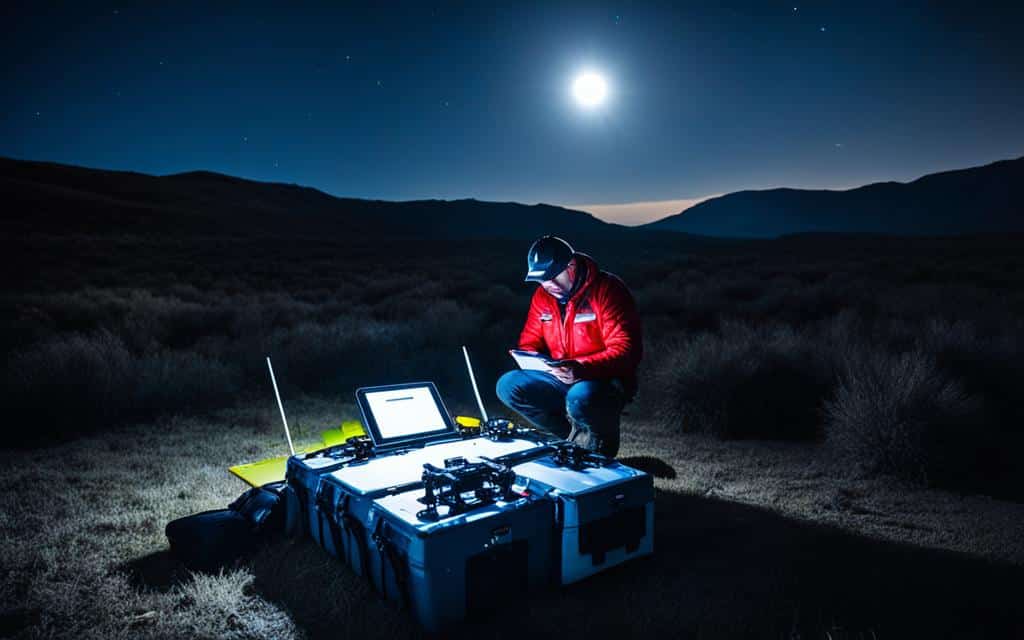
Flight Planning: A successful nighttime flight begins with careful planning. Check weather conditions, air traffic, local laws, and no-fly zones. Ensure you are fully aware of your environment and plan your route to avoid obstacles and ensure visibility of your drone against the night sky.
Software and Hardware Updates: Ensure your drone’s firmware is updated to the latest version and conduct a thorough inspection of your hardware. This includes checking propellers for damage, ensuring a stable GPS signal, and verifying that all electronic parts are functioning correctly.
Visibility Checks: Visibility is a crucial factor when flying drones at night. It is essential that your drone is equipped with the appropriate lighting to be seen from a distance. Test these lights before takeoff to make certain they are working correctly and are visible from the ground.
Pre-Flight Checks: Before you launch, go through a detailed pre-flight checklist. This should include calibrating sensors, checking battery levels, and validating communication links between your drone and the controller. A well-maintained drone is less likely to encounter issues once in the air.
| Preparation Step | Importance | Tip |
|---|---|---|
| Flight Route Planning | Critical for avoiding obstacles and maintaining legal compliance | Use maps and apps designed for drone pilots to aid in planning |
| Software Updates | Ensures enhanced performance and the latest features | Always update to the latest firmware before your flight |
| Hardware Inspections | Minimizes the risk of mid-air malfunctions | Check all physical components, from the body to the propellers |
| Lighting Verification | Increases visibility for compliance and safety | Ensure all required lights are operational and clearly visible |
| Pre-Flight Checklists | Essential for identifying issues before they become in-flight hazards | Develop a thorough checklist based on your drone’s specifications |
By embracing these preparation guidelines for nighttime drone flights, pilots can ensure they’re ready to safely enjoy the unique perspectives and experiences that come with flying drones after dark.
Technical Requirements: Drone Night Flying Lights
Navigating the skies after dusk requires not only skill but also the right equipment. One critical aspect of this equipment is drone night flying lights, which serve two primary functions: they ensure the drone’s visibility to other airspace users and they assist the pilot in maintaining orientation and control. When you’re trying to figure out how to spot a police drone at night, it’s these lights that will most likely give it away. In the sections below, we discuss the technical specifications for these lights, ensuring that your drone is equipped to meet all regulatory requirements for nocturnal flight.
Types of Lights Required for Night Flight
Drones operating at night must have lighting systems that can be seen for at least three statute miles and have a flash rate sufficient to avoid a collision. Anti-collision lights are especially crucial and these must be visible from all directions. Position lights, which help to indicate the orientation of the drone, are also important for safe operations.
Positioning and Visibility Standards
The Federal Aviation Administration (FAA) has set clear guidelines for positioning drone lights to ensure maximum visibility. These standards are integral to maintaining the safety of both the drone pilot and the airspace. Lights are typically placed on the underside, tip of the arms, or on top of the drone as long as they meet the required visibility distances.
Recommendations for Best Lighting Practices
While meeting the minimum standards for lighting is mandatory, adopting best practices can enhance safety and visibility. This includes using lights with adjustable brightness settings and choosing lights with a strobe pattern, as they tend to be more noticeable. For those curious about how to spot a police drone at night, it’s these enhanced lighting setups that will be the giveaway. However, it’s also recommended for any pilot to consider additional lighting when it could likely increase visibility to others.
| Light Type | Visibility | Placement on Drone | FAA Requirements |
|---|---|---|---|
| Anti-Collision | Visible for 3 miles | All directions | Mandatory at night |
| Position Lights | Visible for navigation | Drone arms, underside | Recommended for orientation |
| Strobe Lights | Visibly intense | Adjustable positions | Enhances visibility |
Drone night flying lights are essential not just for compliance with regulations but also for the overall safety and management of the drone during night operations. By understanding the types of lights required, their proper positioning, and adopting best lighting practices, drone pilots can confidently take to the night sky, ensuring they—and anyone looking to spot them—will have a clear view of their unmanned aircraft.
Essential Safety Tips for Flying Your Drone at Night
When the skies darken, the allure of capturing compelling drone flying at night video becomes irresistible. However, with great footage comes the responsibility to adhere to night flying drone rules. One of the most crucial practices is ensuring continuous line of sight. This might seem challenging in the dark, but with the right preparation and equipment, it’s entirely possible. Strategies like using a high-luminosity display for your controller or establishing a well-lit operation area contribute significantly to visual acuity during night flights.
Another key factor in drone safety after the sun sets is the use of visual observers. These are individuals positioned to assist the pilot in keeping the drone within sight and alerting them to potential hazards or encroaching aircraft. Navigating around obstacles is also more complex at night, and having a second set of eyes helps in maintaining spatial awareness. Additionally, be vigilant of changing weather patterns that can affect drone performance; an awareness of local atmospheric conditions is indispensable for a secure aerial venture.
Managing your drone’s battery life is of paramount importance for uninterrupted flights and essential for drone safety. It’s advised to start with a full charge and have spares on hand. Being cognizant of other drones flying at night near me is also crucial—staying informed of nearby drone activity reduces the risk of collisions and enhances safety. Ensuring your drone’s camera is optimized for low-light conditions will not only yield better footage but allows greater situational awareness for the pilot. By following these essential safety tips, pilots can take to the night skies with confidence, ensuring both the beauty of the night is captured and the integrity of safe flight is preserved.


